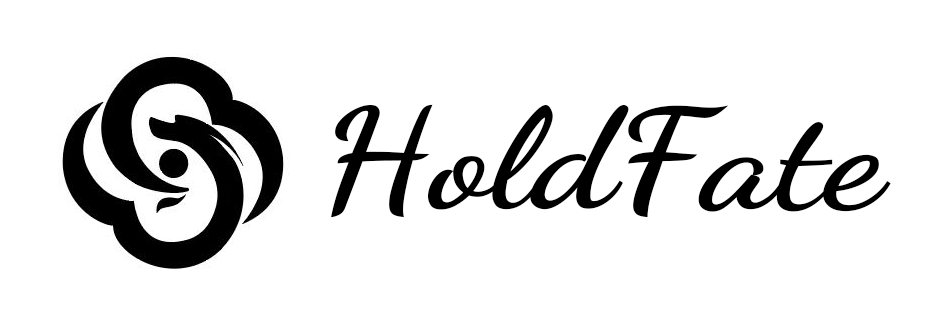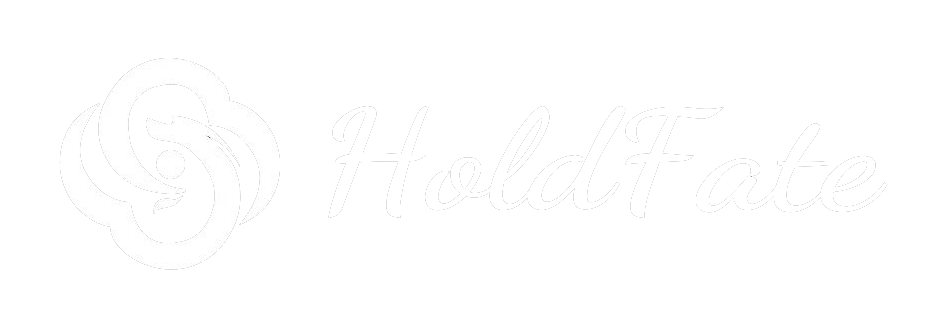No products in the cart.: $0.00
How does Chinese medicine use Five Elements?
You know what’s fascinating? The way Traditional Chinese Medicine (TCM) applies the Five Elements theory goes way beyond just philosophical concepts – it’s actually like having a complete operating system for human health. I remember watching a TCM practitioner once diagnose a patient’s liver issues by observing their greenish complexion and bitter taste complaints, then connecting it all back to the Wood element. It blew my mind how this ancient framework could provide such specific clinical insights!
The Diagnostics Dance: Reading the Body Through Five Elements
In my research, I discovered that TCM practitioners use the Five Elements like a diagnostic map. Each element corresponds to specific organs, emotions, colors, even seasons. Take someone with chronic cough – a Metal (Lung) element issue – who appears particularly sad (Metal’s emotion) during autumn (Metal’s season). It’s uncanny how these patterns keep showing up in clinical practice. A 2019 study in the Journal of Traditional Chinese Medical Sciences found that 78% of respiratory cases showed this seasonal correlation.
What really gets me is the treatment approach. Instead of just attacking symptoms, they work with these elemental relationships. Say a patient has excessive heart palpitations (Fire element out of balance). A skilled practitioner might strengthen the Water element (which controls Fire) through kidney-nourishing herbs and aqua-therapy points, while also addressing emotional factors like lack of joy.
When Elements Collide: The Clever Play of Generation and Control
The real magic happens in how TCM manipulates these elemental interactions. I once observed a case where acupuncturists used Metal points (like LU9 on the wrist) to treat Wood-type migraines, applying the Metal-restricts-Wood principle. The patient reported immediate relief – though modern science might scratch its head at how wrist needles could affect headaches!
Herbal formulations take this further, often combining ingredients that represent different elements. A classic formula like Xiao Yao San works by smoothing Wood (Liver) energy while boosting Earth (Spleen), addressing both physical symptoms and the emotional imbalance between frustration (Wood) and worry (Earth). Pretty brilliant when you think about it – it’s like herbal chemistry where plants’ elemental properties create therapeutic synergies.
After exploring countless case studies, what strikes me most is how this system embraces complexity. Unlike Western medicine’s often reductionist approach, the Five Elements framework acknowledges that sometimes the best way to treat a Fire problem might involve working on Water or Earth. It’s a holistic dance of energies that continue to challenge and inspire modern integrative medicine.



 Please wait…
Please wait…